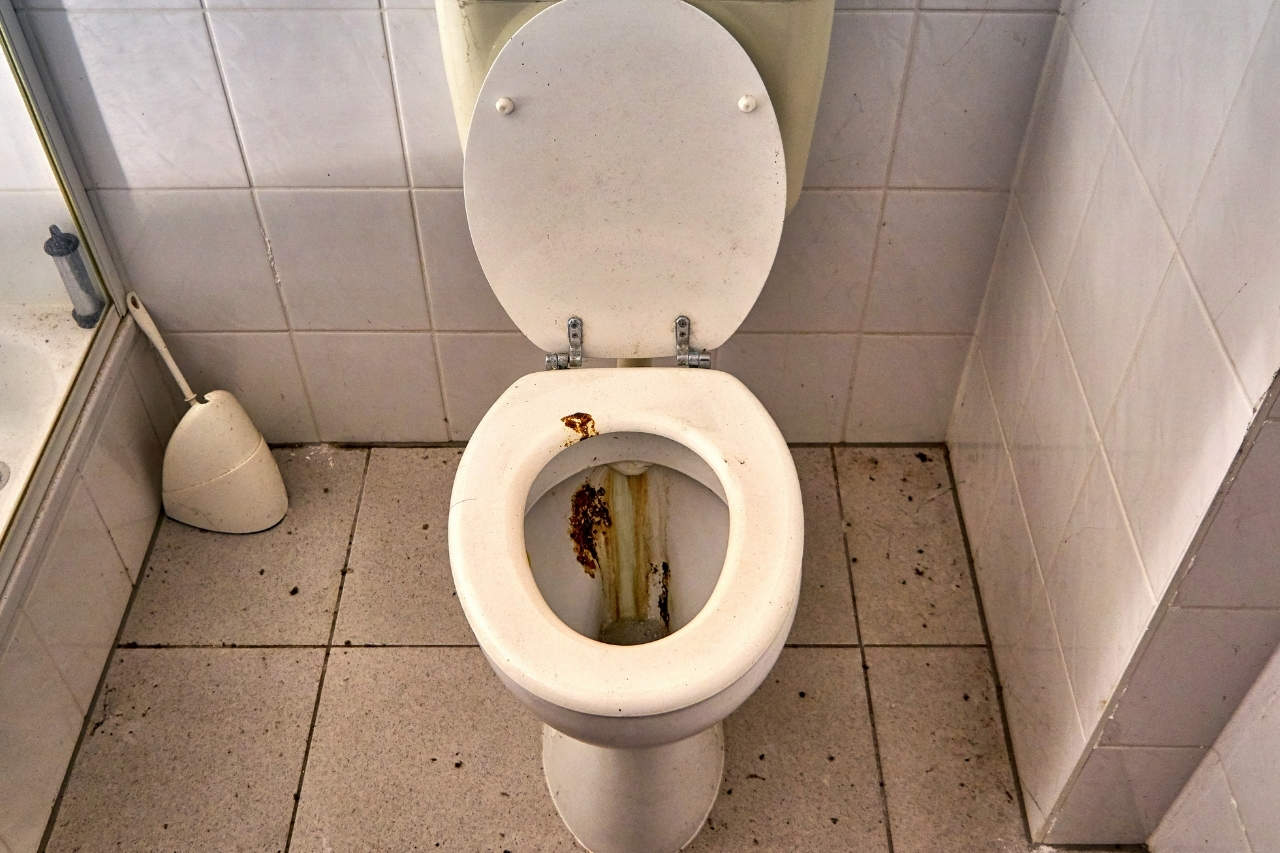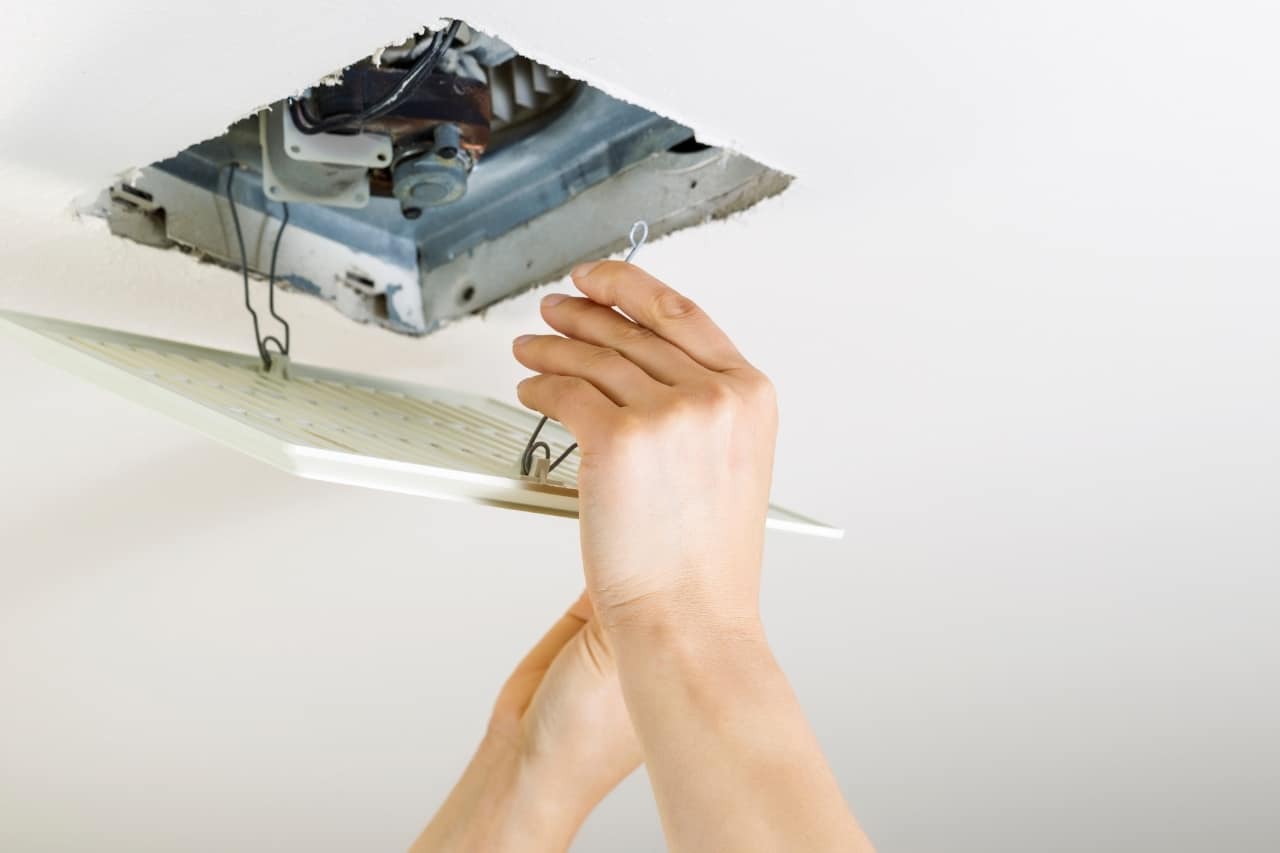How Long Does It Take To Tile A Bathroom?

homedude is reader-supported. When you buy through links on our site, We may earn an affiliate commission. Learn more
Tile is a popular choice for bathrooms thanks to its durability, ability to withstand moisture, and it’s easy to clean. It’s not uncommon to find bathrooms with tile completely covering the floor, walls, and the shower or tub surround. However, in other bathrooms, people might reserve tile for just the surround and perhaps the floor.
It can be tricky to put a precise timeframe on how long it takes to tile a bathroom. Many factors influence the timeline, including tile size, coverage area, the expertise of the tiler, and prep and cleanup. On average, it takes about five hours to lay 50 square feet of tile, plus a minimum of three hours for layout, prep, and finishing.
Plus, you’ll need to allow for dry time and at least 24 hours before you walk on the tile. The best way to determine the time you need for your tile job is to familiarize yourself with the tiling process. Each aspect of the job will play a part in how long it will take. If you consider all of the different factors, you can come to a relatively fair estimate of the timeline.
The Tiling Process
First things first, tiling isn’t just about laying down a bunch of tiles, and you’re done. The process involves several steps, each of which takes time to accomplish.
1. Planning Out And Preparing Tile

Before you can even think about putting down tiles, you need to plan the layout. Typically, it’s wise to set aside at least one hour for layout, but you might need more if the situation is unique. For example, if you have a more irregularly-shaped bathroom or wall nooks in your tub surround, this takes extra consideration.
Of course, part of laying out the tile means you’ll need to cut certain tiles to size if they don’t fit as is. Or, if you need to place some at certain angles or plan to lay them on the diagonal, this will add time.
2. Preparing The Surface

For a tile job to last, you need to apply tiles to a flat, even surface. So, if the floor, wall, or anywhere else you plan to install tile is uneven, you need to level it. You will likely need to install a tile backer board to these areas, including the floor, to make them even.
It’s also essential to get rid of any bumps, protruding nails or staples, and anything else that will interfere with the tile. Plus, make sure you clean the surface thoroughly, vacuuming up any dust or debris. This step will ensure your tile adheres to the surface properly and you don’t end up with loose tiles down the road.
A good rule of thumb is to plan for at least one hour for the prep work. Of course, if you have any unique circumstances, like an unlevel floor or extremely dirty surface, plan for extra time.
3. Installing The Tile

Once you’ve planned your layout and prepped your surfaces and tiles, it’s time for the install. Applying the thinset, placing the tiles, and setting the tile spacers will take roughly one hour for every 10 square feet.
Start in one corner of the room and work your way out toward the door. Otherwise, you’ll literally tile yourself into a corner and get stuck. You can’t walk on tile for at least 24 hours after installing, so to escape the bathroom, you’d ruin the job.
4. Grouting The Tile

This is a big addition to the timetable–you should wait at least 24 hours before grouting the tile. If you live in an area with lots of humidity, you might need to wait up to 48 hours before the mortar sets completely.
You certainly don’t want to rush this part of the process. So, even if the mortar around your tiles appears dry, if it hasn’t been at least 24 hours, wait. The thinset underneath the tiles might not be entirely set yet, which means any slight movement and your tiles will go askew.
If you’re unsure of the status of the mortar, play it safe and wait the full 48 hours before grouting the tiles. Once you start grouting, you should be able to finish the job in about an hour or two. The size of the space and the number of tiles will influence exactly how long it will take you.
5. Cleanup After The Tile Job

After grouting, wait for a few hours, then come back over all the tiles with soapy water. This soapy water helps get rid of the hazy residue that spreading grout leaves behind on your tiles.
Don’t wait much longer than this, though. You don’t want the grout to harden so much that it becomes a pain to get off the tiles. The actual cleaning will only take you about 30 minutes on average.
So, just considering the basic tiling process, you can assume you’ll need about three to five days to tile an average bathroom. This is from start to the final finish when you can walk on the tile, take a shower, etc.
However, if you’re tiling a larger space, not using pro tilers, etc., the job could take twice as long or more. In other words, there are ways to both shorten and lengthen this timeframe.
What Factors Influence How Long It Takes To Tile A Bathroom?
There’s no magic number when it comes to how long it will take to tile a bathroom. Too many different things influence the job, so it’s best to understand each one.
The Size Of The Area
One of the most significant factors influencing how long your tile job takes is the area you’re tiling. Remember the general rule–about one hour for every 10 square feet. An average bathroom is roughly 40 square feet.
If you’re only tiling the floor, then you might finish tiling in about four hours. But, if you’re also tiling a tub surround, you might need another two to three. If you’re tiling all of your walls, floor-to-ceiling, then you’re likely to need a whole day just for installing your tile.
Unless you plan to work non-stop with no breaks or sleep, you’ll need to allow about two days for a job this size. These two days are just for laying out, prepping, and installing the tile. They don’t factor in the wait times, grouting, cleaning, etc.
The Size Of The Tile
Something else to consider when planning your tile job is the size of your tile. Obviously, the larger the tiles you use, the less time it will take to tile the bathroom. Quite simply, you can cover more area with one tile when you use larger sizes.
On the contrary, you could also take a lot longer to tile your bathroom using small tiles. If you’re creating a specific look with tiny mosaic tiles, you could triple your timeline. Therefore, take into account the tile size when scheduling out time for your tile job.
The Experience Level Of The Tilers
Are you planning a DIY tile job, or will you hire professionals? Who lays the tile plays a significant role in how long the tiling will take. A pro can complete a job much faster than a novice. (Again, this is from start to the absolute finish when you can use your shower, etc.)
But, if the same exact job is in the hands of an amateur, it could take twice as long, maybe even longer. You might end up working at a slower pace or making a few mistakes that you have to backtrack and fix.
Is There Extra Prep Work?
As mentioned previously, prepping the surface for your tile should take about an hour. But, if there are exceptional circumstances, you’ll need to add extra time for the work. These situations could include an uneven surface, exposed nails, excess dirt, holes, etc.
Are There Unique Features?
Do you have a cove ceiling you want to tile? Multiple cubbies in the wall? Perhaps you have a curved wall or an angled nook on one side of the bathroom.
All of these examples add unique features to your bathroom that require extra work for the tilers. More thought goes into the planning, special cuts for the tile, more precision with the install, and extra grout.
Another aspect that can add extra time is if you want to include special inlays or patterns in your tile job. For example, a star pattern in the center of the floor takes more attention to detail. Or, maybe you want alternating colors running diagonally along the back wall of the shower.
All of these plans and ideas will add considerable time to your tile job. Of course, once you determine your rough timeline for your specific tile job, add a few hours. It’s always wise to leave some extra wiggle room for the unexpected when you’re dealing with home improvement jobs.
Frequently Asked Questions
How long should I let the grout dry before walking on the tile?
Although you can walk on your tile after 24 hours, it’s best not to expose grout to excessive moisture for 24 to 72 hours. Therefore, don’t mop the floor for about three days. If you tiled the shower or tub surround, wait 72 hours before taking a bath or shower.
What is the best way to price tile?
Typically, you pay per tile, so pay attention to not only the cost but the tile size. For example, let’s say you need to cover 40 square feet, and you select a 12” x 12” tile.
The tile is $2 per tile and you need 40 of them. So, you would spend $80 on your tile.
But, you see a tile that you love, and it’s only $1 per tile; sounds like a bargain, right? But, this tile is 4” x 4”. You need 360 of these tiles, so you’d spend $360 on your tile.
Usually, you would buy 5% to 10% extra, plus you need to account for things like gap/grout size, etc. But, we’re keeping it simple for the purposes of the example.
Is there a way to shave time off my bathroom tile job?
A lot of the time for tiling comes in when you have to wait in between steps. For example, waiting 24 hours after tiling before you can grout, etc. There are rapid-set mortars that will allow you to apply the grout after just three hours.
The rapid-set mortar is more expensive than regular mortar. But, if you use these time-saving products, you can cut your time in half, making it well worth it.





